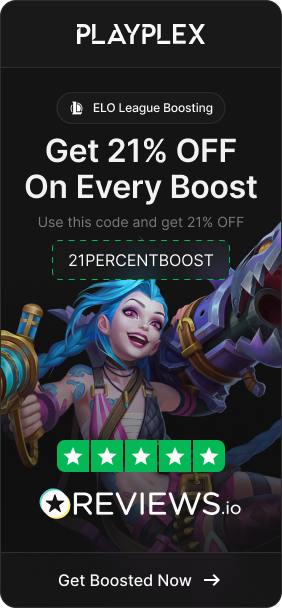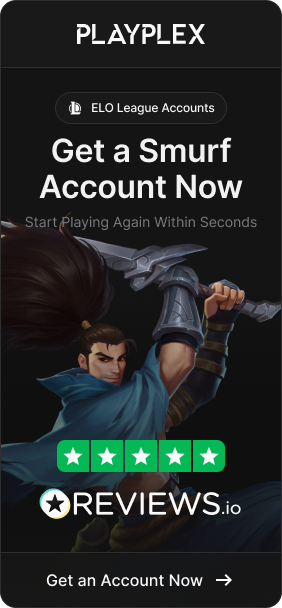League of Legends comprise five roles that players can choose from – top laner, jungler, mid laner, AD carry, and support. Each role has a set of responsibilities within the team and suits a particular playstyle. Understanding the differences between these roles is key to building a balanced and effective team composition.
Here is an overview of the capabilities and playstyles of the most popular roles in League of Legends:
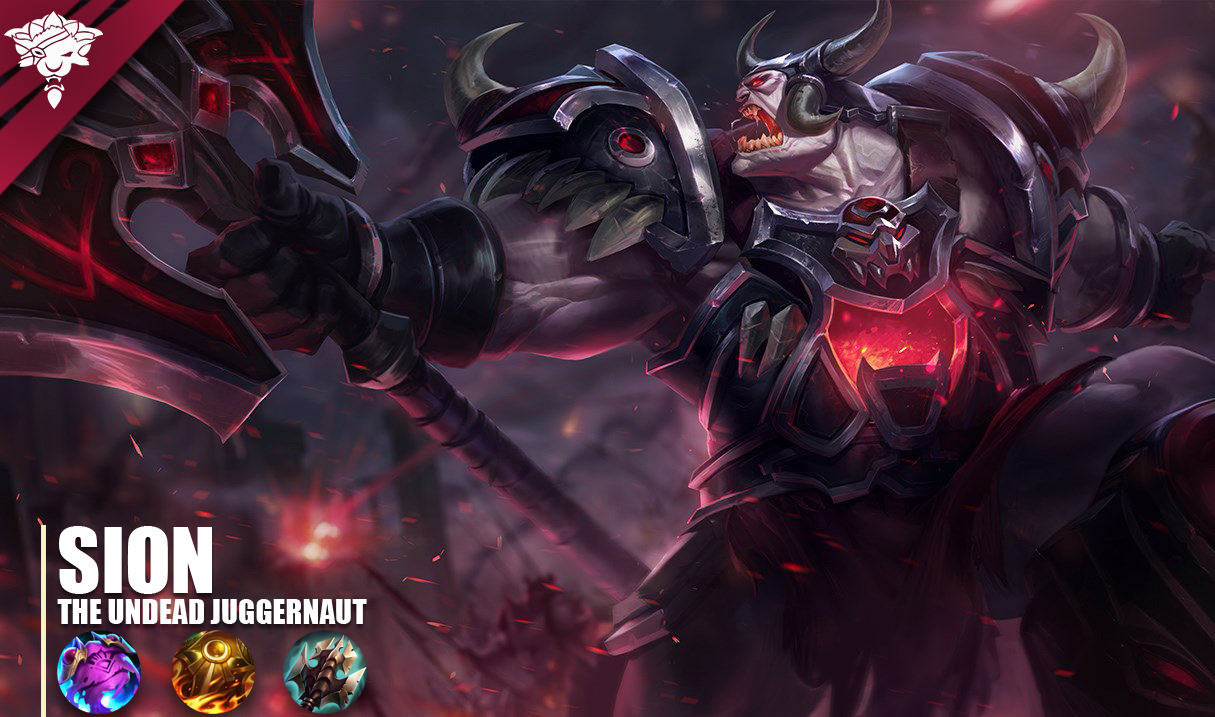
Top Laner
The top laner occupies the longer side lane on the map alone during the early stages of the game. This role tends to suit players who enjoy 1v1 duels, as the top laner initially only contends with the enemy top laner. Strong dueling capabilities, survivability, and skills to control side lane pushes are valued for top laners.
Popular top lane champions include bruisers like Darius, Garen and Renekton who boast substantial close-range damage and durability. Other common picks are ranged “lane bullies” like Teemo and Quinn who harass opponents from afar. The top laner’s goal is to generate early advantages, dominate their lane opponent, and influence the map via teleport plays or side lane pressure.
Also Read: Best 5 Champions to Counter Irelia in LoL

Jungler
The jungler occupies the space between the three main lanes on the map, accruing gold and experience by killing neutral monsters. This is an action-packed role for players who enjoy mobile gameplay and influencing the whole map. Being able to efficiently clear jungle camps while also supporting laners and capitalizing on objectives is crucial.
Standard junglers include aggressive early-game duelists like Lee Sin, Elise and Xin Zhao who invade and look to snowball lanes. Power-farmers like Master Yi can rapidly accrue gold in the jungle before emerging to carry teamfights. And tanky support style junglers like Zac, Sejuani, and Amumu provide initiation and ganks with their crowd control abilities. The jungler must balance farming, ganking, and map objectives to provide an edge.

Mid Laner
The mid laner controls the crucial middle lane on the map, accruing gold and experience from their minion wave to rapidly gain strength. This role suits players who enjoy flashy, high-skillcap mages and assassins that can dish out tremendous damage. Managing the shorter lane while threatening side lanes via roams is also required.
Common mid picks include long-range mages like Lux, Orianna, and Xerath who can bombard targets from afar with their spells. Assassins such as Fizz, Zed, and Yasuo specialize in utterly deleting squishy high-value targets using mobility and burst damage. Other popular styles include supportive control mages like Lulu and Orianna who enable their damage-dealing allies. The mid laner aims to dominate the lane opponent, accrue advantages via kills and farm, then influence side lanes or blow up targets in teamfights.
Also Read: The Meaning of L9 in League of Legends

AD Carry
The AD carry occupies the bottom lane alongside the support. They excel at steadily accruing gold from minions in the early game to purchase critical items so that their basic attacks and physical damage abilities can shred entire teams later on. This role requires precise positioning, target selection and incredible mechanical skill to maximize damage in teamfights.
Typical AD carries include scaling hypercarries like Vayne, Jinx, and Tristana who become unstoppable forces later in the game. Early game lane bullies such as Lucian and Draven who can aggressively win the lane and snowball out of control are also popular. Ezreal, Sivir and Ashe provide both damage and utility for their team. Prioritizing gold income to hit item power spikes while surviving lane and positioning perfectly in fights is essential playing as the AD carry.
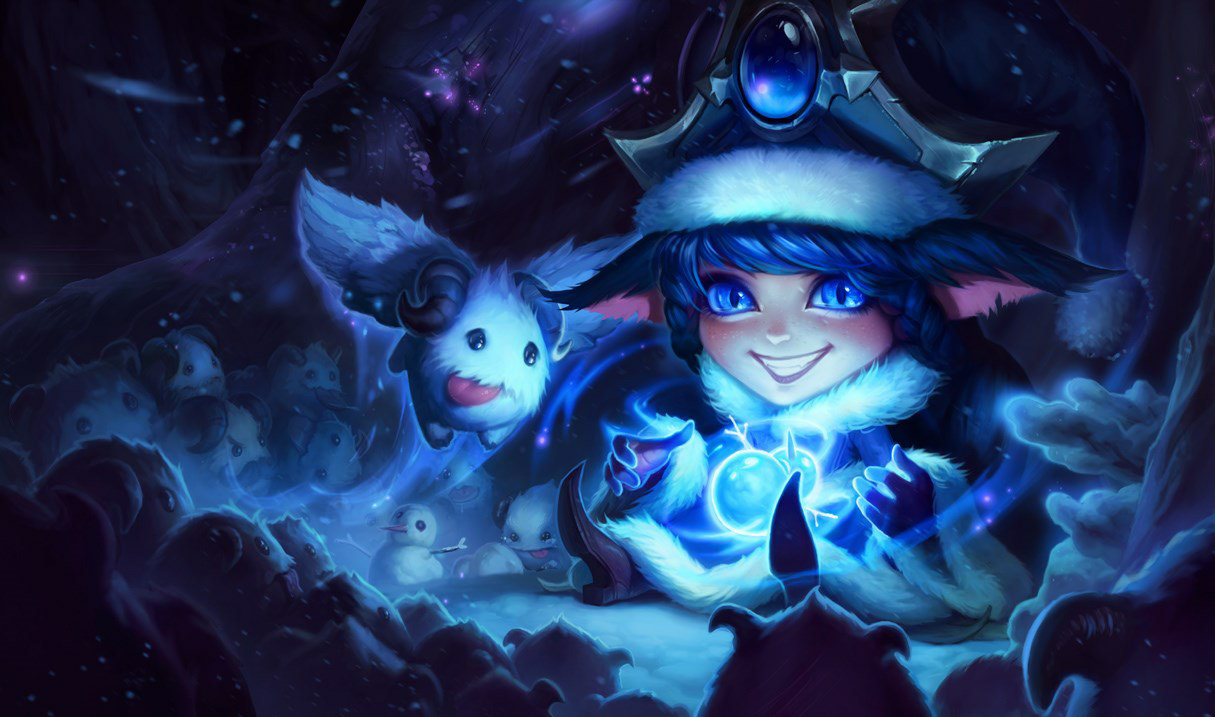
Support
The support sticks by the AD carry’s side in the bottom lane providing protection and utility rather than damage. This is often considered one of the most team-focused roles, specializing in healing, shielding, buffing allies, initiating fights or disrupting enemies. It’s perfect for players who enjoy a reactive playstyle and managing the team’s vision game.
Enchanter supports such as Soraka, Lulu and Nami specialize in directly buffing allies with heals shields and stat boosts to great effect later in the game. All-in supports like Leona and Nautilus provide immense but short duration crowd control for picking off targets. Mages such as Lux, Brand, and Xerath rely on their ranged attacks and spells to chunk down groups of opponents. Above all, the support seeks to amplify their teammate’s effectiveness and provide the necessary vision to secure objectives and force favorable fights.
Also Read: Is Faker Single or Taken? (2023)
Conclusion
The huge range of unique champions and dramatically different playstyles between roles provides something to suit everyone in League of Legends. Carrying solo games, flashy plays, tactical team support and objective control are all integral parts of roles that enable interesting dynamics and back-and-forth battles.
Understanding each position’s power spikes, matchup spreads and general gameplan is vital to success. With sharp skills tailored a preferred role, players can rapidly climb the rankings while having tremendous fun.
Finished reading? Check out our LoL Boosting service. We also offer a wide selection of high-quality League of Legends accounts. With our premium Smurf accounts, you can jump into the game with an advantage, skipping the grind and unlocking new opportunities.
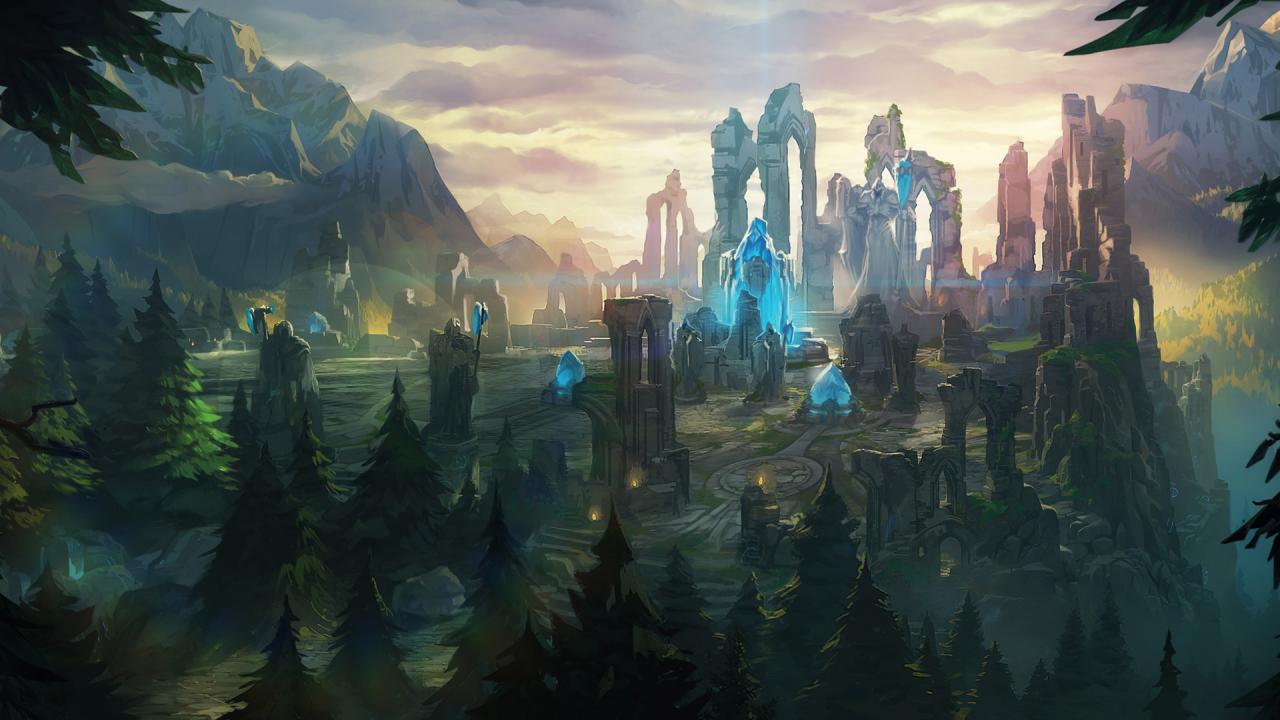
 League of Legends
League of Legends